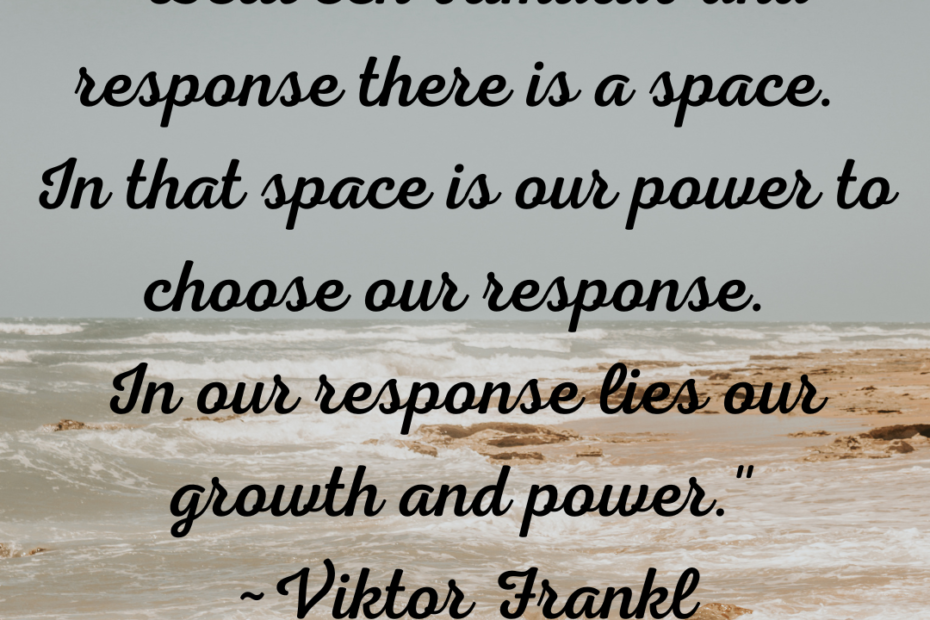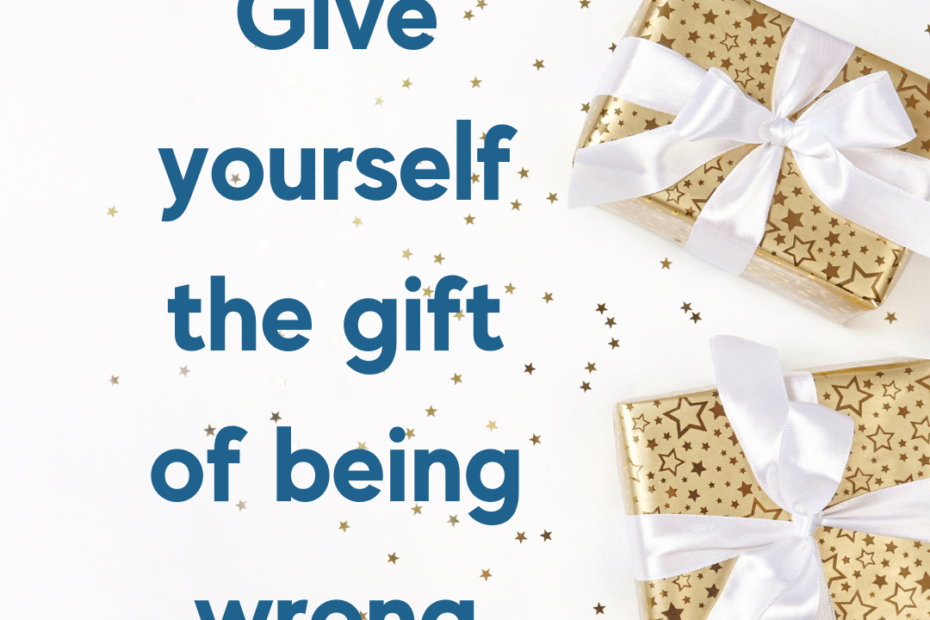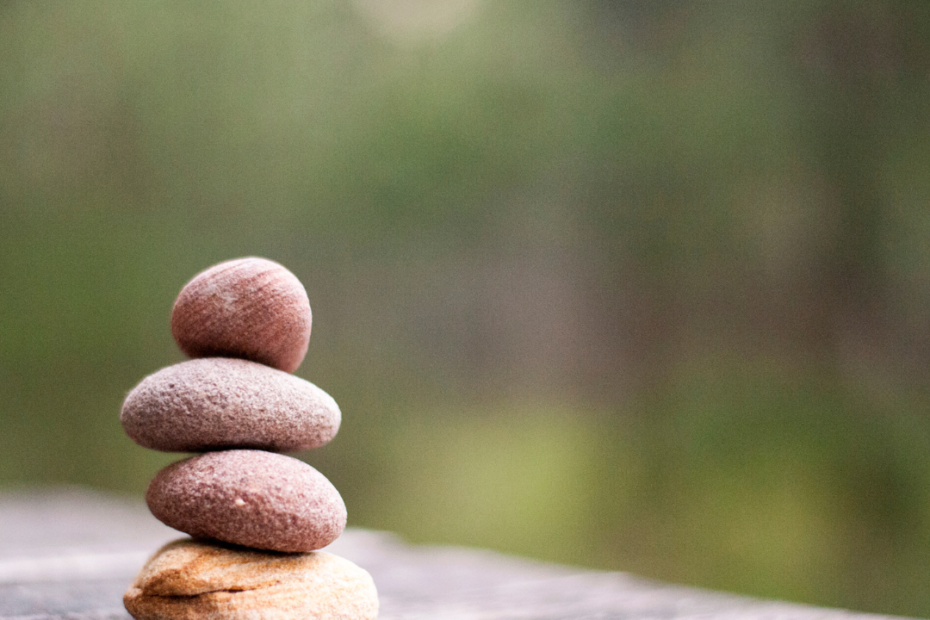Between stimulus and response there is space. In that space is our power to choose our response. In our response lies our growth and freedom. ~Viktor Frankl
In that space between my circumstances and thoughts and my responses, I was frantic, agitated, full of despair, and wanting nothing more than to be elsewhere. My response was to numb out with food. I left very little room in that space for calm, peace, contemplation and reflection. My goal was to move out of that space as quickly as I possibly could.
Over the past several years now, I have worked to cultivate a new space.
In this new space, I pause and I breathe. Slow, gentle, deep breaths.
There is no rush, no emergency.
In this new space, I have an abundance of compassion for myself.
In this new space, I show up to simply be, feel, and listen.
In this new space, I slow down and check in with kindness. and examine what has triggered me.
In this new space, I release judgment. I choose to allow, accept, and embrace emotion rather than resist and make it bigger.
In this new space, I ask myself, “What do I really need right now? How can I best support myself?”
Then I listen for the response.



